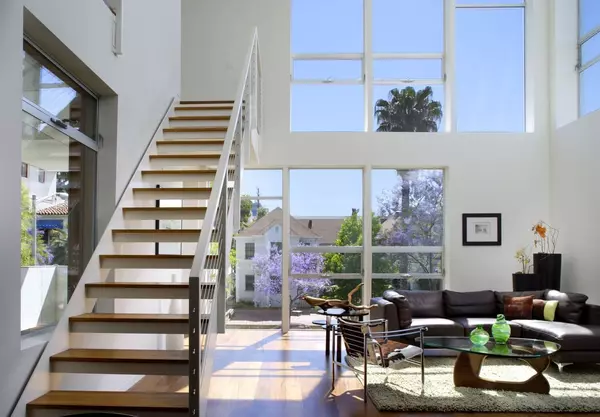A safe parking lot for homeless residents re-opens in East County
San Diego County is re-opening a safe parking lot where homeless people can sleep in their vehicles at an overnight location that is more permanent than many other homelessness projects around the region.
The newly renovated Magnolia site in unincorporated El Cajon now has 16 parking spaces, bathrooms, a walk-in shower, an industrial sink and a gated area for pets.
At least four households were expected to check in Friday.
The lot “is an amazing success story,” county Supervisor Joel Anderson said in a statement, “where we are lifting people up in our community and changing their lives for the better.”
Safe parking has become a cornerstone of the region’s homelessness response amid a shortage of traditional shelter beds and affordable homes.
Many residents who lose housing still have their cars — which can be essential to keeping a job — and the lots are meant to serve as stopgaps until more permanent places are found. Twenty spots recently opened up in San Diego’s Grantville neighborhood, while the massive H Barracks site near the airport has room for nearly 200 vehicles and RVs. (Having those facilities available can also make it easier for law enforcement to ticket homeless individuals who decline offers for a place to stay.)
Both of the latter locations, however, come with expiration dates. The Grantville land is slated for an affordable housing complex and H Barracks will eventually be absorbed into San Diego’s Pure Water recycling system.
At first, the Magnolia Safe Parking Site looked similarly temporary.
The property sits between State Route 67 and North Magnolia Avenue, across the street from a paint store and just beyond El Cajon city limits. The land was once host to a large encampment, and for a time officials with the county and city of El Cajon debated about who should take responsibility for those sleeping in the area.
The county ended up creating parking spots in August 2022. Over the next two years, 177 people slept at the site, according to a county spokesperson. That total included 41 children and 48 adults who were at least 55 years old.
Almost a quarter of everyone served ended up in permanent housing, while around a third moved on to some form of transitional housing, which can include shelters.
But the toilets were portable and shade came mainly from party tents. Case managers had a hard time being heard over the roar of traffic, officials said.
The county closed the lot a year ago to overhaul the space. Now the asphalt is fresh and a wooden pergola covers concrete tables. The metal ramp leading to the bathrooms is wide enough for a wheelchair. Offices for case manager meetings have air conditioning.
Renovations were paid for with $3 million from the American Rescue Plan Act, the pandemic-era relief package passed by Congress. Locals leaders plan to continue using ARPA dollars to foot the lot’s $740,000 annual operating cost, although an alternative source of funding must be found once federal aid runs out.
The budget includes money for so-called diversion payments, which generally cover one-time expenses like apartment deposits.
The lot will be managed by Dreams for Change. The nonprofit already oversees similar projects around the county. (It was also one of several organizations sued this week over living conditions inside San Diego’s designated camping areas. While staffers declined to comment on the lawsuit, officials have previously defended the safe sleeping sites as necessary, if imperfect, offerings.)
In addition to security guards, the Magnolia lot is to have a case manager and housing navigator who can meet weekly with residents.
The site will open each evening at 5:30 p.m. Dinner is delivered nightly, sometimes by volunteers. The lot shuts down during the day and residents have to be out by 7:30 a.m.
There is not a limit to how long people can keep showing up to sleep as long as they’re actively looking for housing, officials said.
RVs are not allowed.
Categories
Recent Posts










GET MORE INFORMATION


